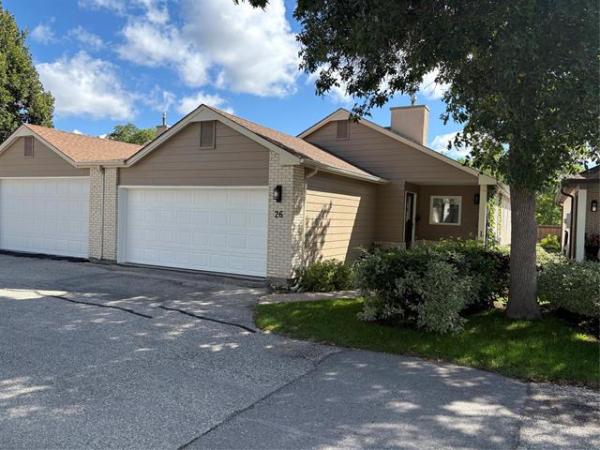QUESTION: I am having trouble with my laminate floors, which are squeaking. I have tried adding cross-members between the joists, under the plywood seams, and I have tried adding shims between the joist and plywood, but they are glued with sub-floor adhesive. I am not certain what else I can do, and the laminate floors are squeaking quite badly in places. I am trying to sell my house and this is obviously a problem. If possible, could you please respond with any ideas you might have? Aaron Symchuk
ANSWER: Squeaking floors in older homes is probably the second most common complaint I get, next to leaking foundations. While many homeowners attempt various remedies from underneath the joists, most of these efforts are futile. Unless the laminate flooring is improperly installed, the only way to repair this issue is from above.
What happens in many homes, most older than a couple of decades, is a loosening of the subfloor sheathing over time.
One solution was to use subfloor adhesive, as in your home, but that can also wear out over time. What many people don't realize is noisy flooring is more commonly caused by movement between the underside of the sheathing and the floor joists, not between the flooring and subfloor. Many creative homeowners and contractors have tried various methods to repair loose sheathing from below but, like your shimming efforts, it rarely works.
There is a chance that your squeaking is partly due to movement between the subfloor and the newer laminate, but that's usually only the case if a serious defect has occurred in either the manufacture or installation of the flooring. Laminate flooring should be installed with a thin foam underpad, which normally eliminates noise due to its cushioning effect. Small bumps or uneven surfaces in the floor sheathing will be filled with this underlay, preventing squeaking when the laminate is walked on. If the installer has improperly laid this underpad, or if it's missing, then excess noise can be a problem.
Some laminate flooring has this foIf you truly wish to fix this issue, you must remove the laminate to access the subfloor sheathing below. The beauty of laminate is that it is designed to make removal and replacement possible. The original product was designed in Europe for tenants to install and remove when they moved between rented suites. If you're careful, you should be able to remove the entire floor without significant damage. Labelling some of the planks on the underside during removal will also help you relocate them. This is particularly important for pieces that have been cut for a specific location.
The foam underlay will also have to be pulled up, but may not survive to be reused. Depending on its age and condition, it may be wise to replace it.
Once the flooring is lifted and moved, marking the location of the floor joists is the next step. This should be quite easy if the original fasteners are visible. Using a simple chalk line, the approximate centre of each joist should be marked from end to end. Then determine the thickness and type of sheathing by measuring any small areas where the subfloor is missing, near the perimeter walls or by looking at a floor-mounted heat duct. Any area where the sheathing is visible on an edge will provide the answers you need.
If the subfloor is a single layer of plywood, it's likely 12 to 17 mm thick. For this material, or older wood boards that may be slightly thicker, two to 21/2-inch flooring screws should be used. If there are multiple layers of subflooring, longer screws may be required. The rule of thumb is that a minimum of two thirds of the fastener should be embedded in the joist.
If plywood is present, simply installing coarse-threaded flooring screws directly with a drill or driver is possible. If real wood sheathing is present, pre-drilling should be done to prevent cracking the old boards. This will also prevent slight lifting of the subflooring, common when pre-drilling is omitted. Once the entire floor is screwed down, pounding down or removing any loose or raised old nails will finish the job.
While it may seem like a major pain in the neck to remove the laminate flooring in your home to stop the floor from squeaking, it's the only way to properly accomplish this task. Any other attempts are just going to be a waste of time and leave you just as frustrated as you are now.
Ari Marantz is the owner of Trained Eye Home Inspection Ltd. and president of the Canadian Association of Home & Property Inspectors -- Manitoba (www.cahpi.mb.ca). Questions can be emailed to the address below. Ari can be reached at 204-291-5358 or check out his website at www.trainedeye.ca.
trainedeye@iname.com



